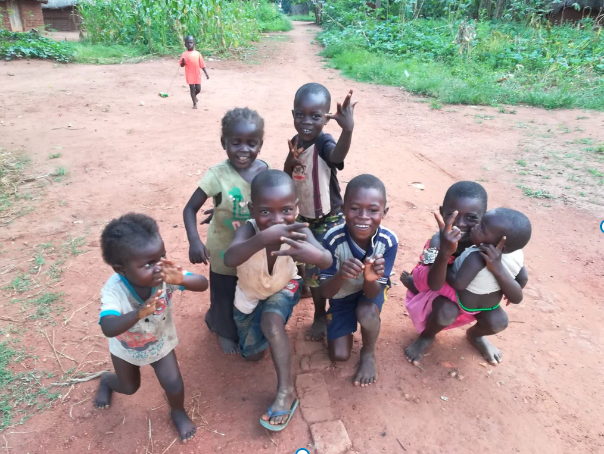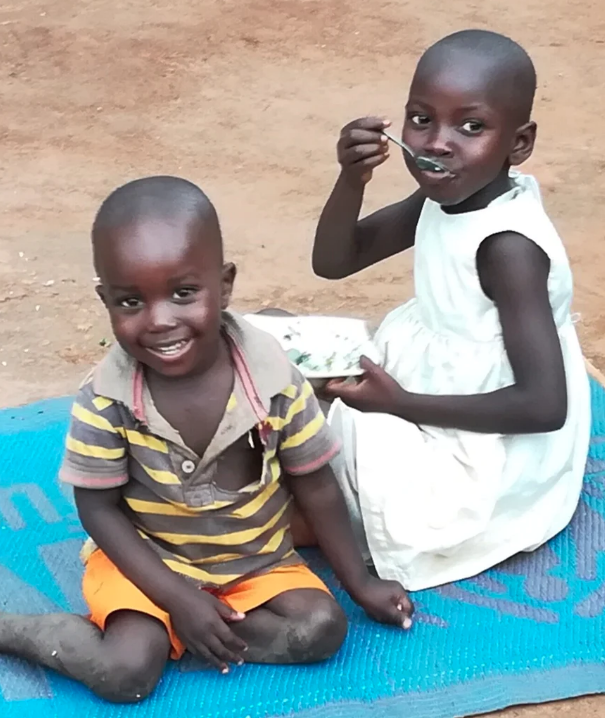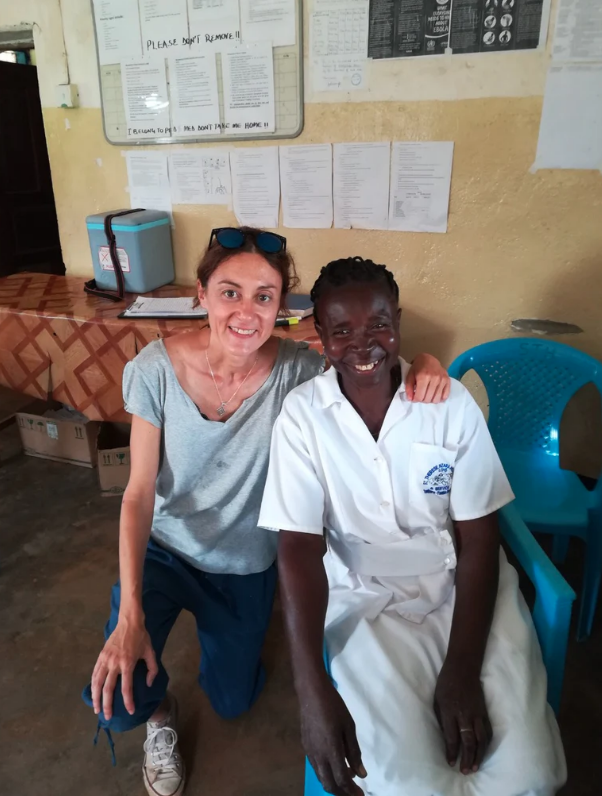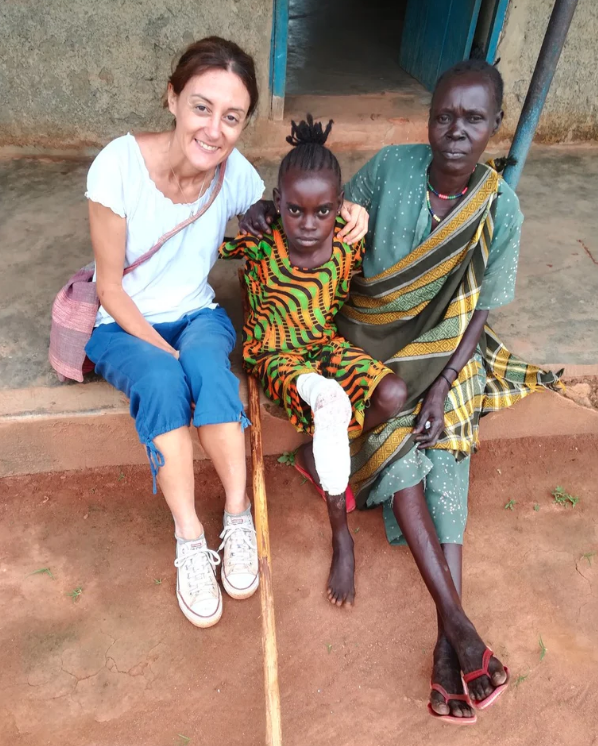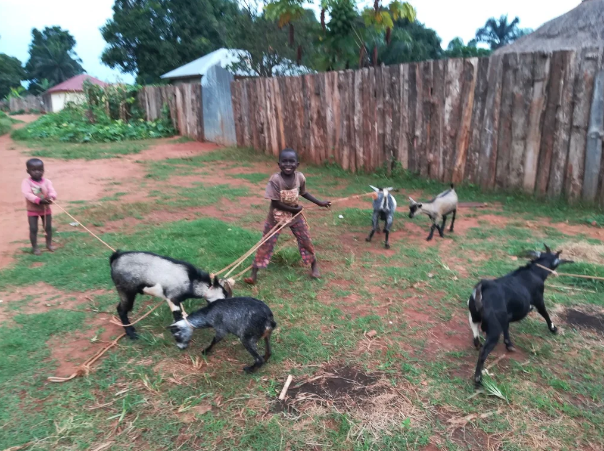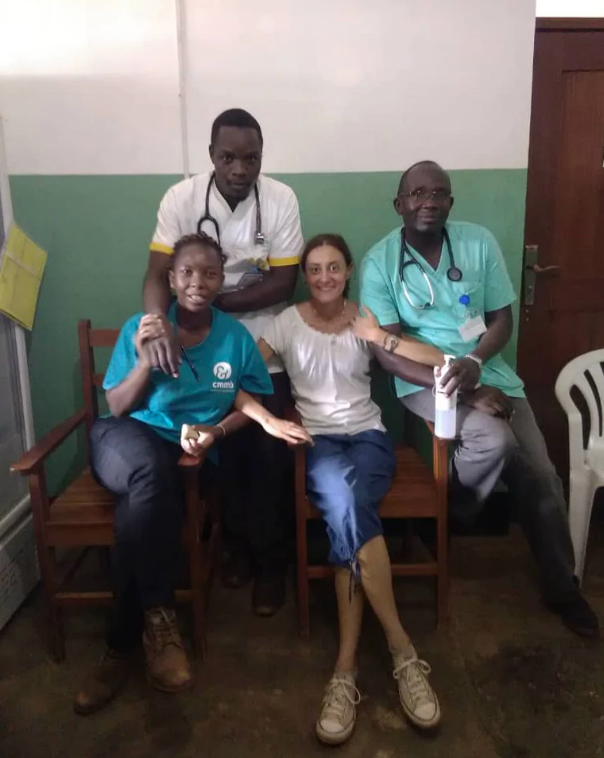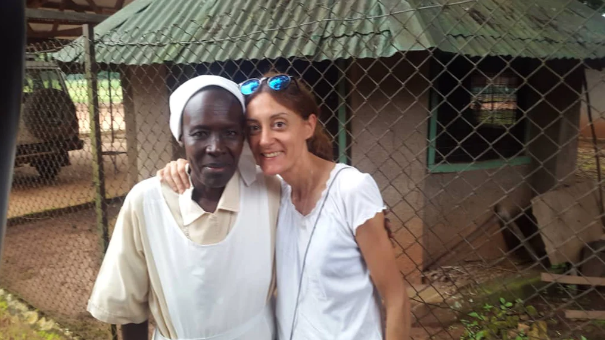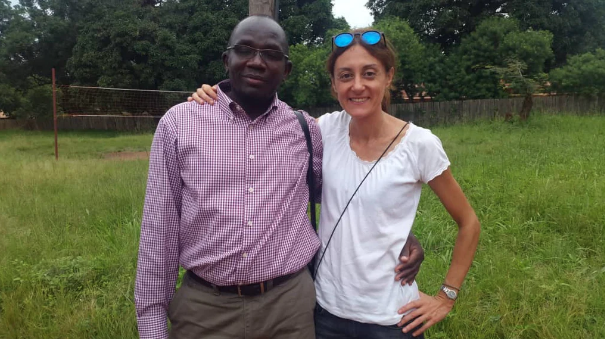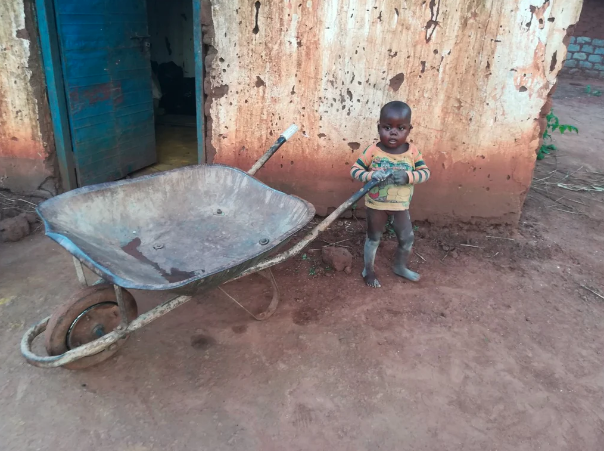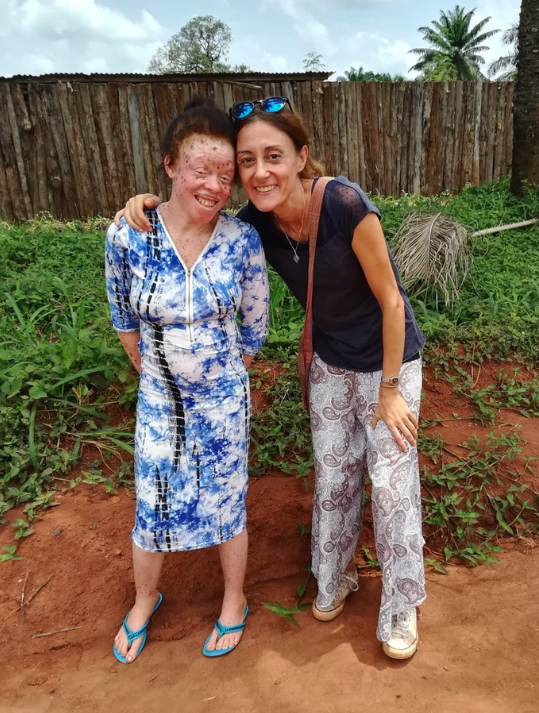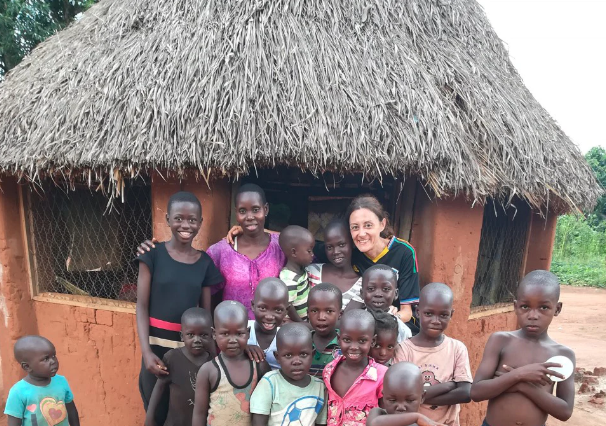MY STORY AND MY RECENT VISIT TO NZARA (FEDERICA)
I first arrived in Nzara in 2013. I came to help the medical director, Sr Sara, as she was overwhelmed with the hospital direction and had not much time left to follow the patients. Because of the general political situation of South Sudan, no local doctors were present. It was my first time to work with the Comboni missionary sisters. I stayed for 2 years, until June 2015, working mainly in pediatric, sometimes in medical ward, and following the leprosy outreach program.
At the beginning it wasn’t easy to live in Nzara because of many challenges: children dying of malaria, which I wasn’t used to see, and many young people dying of AIDS; challenging general living conditions for myself (no electricity, no running water, bathroom outside, noisy bats in the roof, white ants and other huge insects, some snakes); I met also difficulties because of isolation: local people are not used to spend time with foreigners. With the help of the sisters and of some volunteers (the first was Dr. Daniel, then Cristina and some others came for short periods of time), and of some hospital staff, I managed to stay and started feeling at home, spending my free time with the local children. Nzara children are really joyful, they helped me to overcome the weight of seeing people die in spite of our efforts. Some patients I’ll never forget for life. With my surprise, some of these children could remember my name when I went back in 2017 and in 2019!
At hospital, my main duty was taking care of the pediatric ward. The main diseases in children are malaria (sometimes cerebral, which is deadly), pneumonia and other infectious diseases. After the round ,when possible, I used to look also after patients in medical ward and TB ward. Most of them were late stage HIV disease; that means they were affected by opportunistic infections, many times in critical conditions. Mortality rate was very high. During the malaria peak season, beds in children’s ward were not enough for all; people were sleeping and receiving first aid treatment on the floor. Those times dr. Sara was always present to help. At the time, the solar panels from Australia were not yet there, electric power was another big challenge especially for the night duty nurses.
An activity I liked much was the leprosy outreach and treatment. Together with the leprosy team, we used to go to different villages in the county, sleeping in tents at night. We distributed the monthly dose of therapy to the patients and looked for new cases. Nowadays this activity has unfortunately stopped because of road insecurity. Leprosy drugs are now rarely available, this adding more challenges to fighting this disabling disease. We also tried at the same time to do some education on skin cancer prevention for albino people; that part was very tough and the results were far from being sufficient. I’ve seen 2 young albino women die because of inoperable skin cancer, I’m now worried about the others who remained.
Last summer I came back to Nzara and found a very different situation. The hospital is now becoming bigger with new constructions: maternity ward, surgery, and the blood bank. Thanks to the strength of the new director Sr Laura Gemignani, the CMMB and Edmund Rice foundation, the fruits of many people’s help are now there to be seen.
Blood bank is crucial. Severe anaemia is the most common complication of malaria and sickle cell disease, which is also present in this area. The life of many children and pregnant women can be then saved by blood transfusions, however it’s very difficult to find donors in this environment. Blood donation mentality is not yet spread. And when a donor is found, one must be lucky to get a compatible one, who doesn’t have any transmissible disease and who is not pregnant. Blood transfusions are still a big challenge in Nzara.
No need to say how much maternity and surgery are needed in a hospital!
I was glad to meet Dr. Taban Charles and the clinical officers, Joseph and Moses from Uganda. They are a great and skilled team, now helped by a fantastic volunteer nurse: Carol from the USA, who stayed in Nzara for a year. During my visit, I met just for few days another nurse of CMMB, Ruth from Kenya, who was leaving after some months spent at hospital. She was much appreciated by the local staff. I want to remember also Dr. Italo, a “100% volunteer” doctor who was there for many months doing an amazing work.
It was so nice to see that the hospital has grown and will hopefully have more helping doctors in the future, with the collaboration of CMMB. The only bad news was that our skilled laboratory technician, Sunday, had left. The medical personnel is now struggling to treat patients without performing lab examinations, until a new lab technician will arrive. Another challenge for St. Theresa hospital.
I’ve met two of the albino girls and two of the children; one girl wasn’t in good conditions, although she didn’t have yet any evident skin cancer. We brought them some sunscreen lotions, which are not available in South Sudan.
Sr. Jane Frances and the other Comboni sisters were super, they accepted me in their house and they even celebrated my birthday! I enjoyed the presence of Dr. Taban, who always has something to teach, and all the other people at the guesthouse. I was happy to see that many of the nurses are still there as hospital staff, while some of them left. I was feeling they really appreciated my coming back, although for short time. I clearly felt that people appreciate when someone doesn’t forget their isolated place called Nzara and its people. I enjoyed again being surrounded on the way by the children, the previous ones who became much taller and the new arrivals. It wasn’t any more a responsibility job as it used to be; this time I could fully enjoy the feeling of being suddenly back home, where memories became real again.
